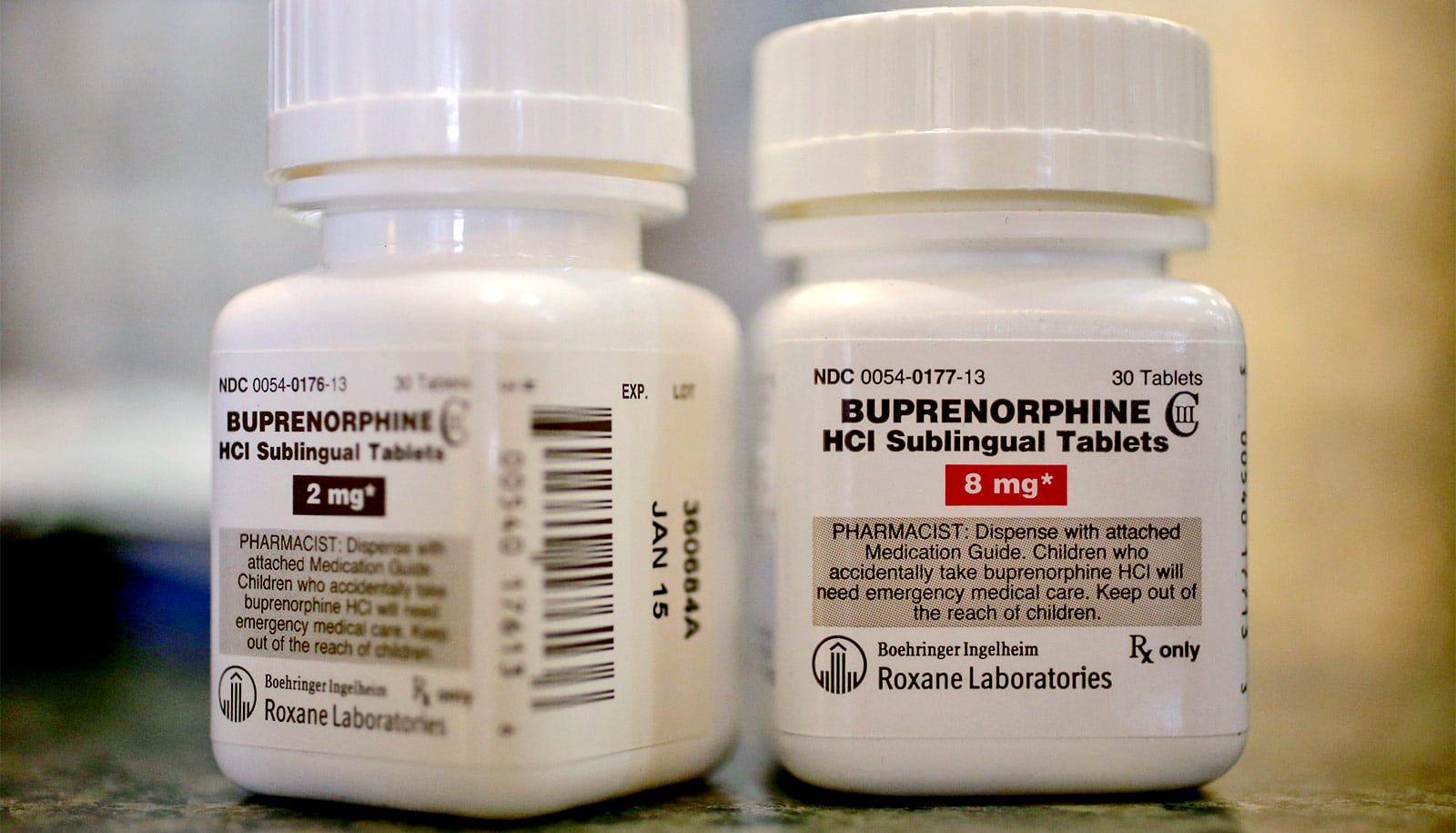People with opioid use disorder who received a lower dose of buprenorphine dose were 20% more likely to discontinue treatment than those on a higher dose, according to new research.
The study, published in JAMA Network Open, focused on patients prescribed buprenorphine in Rhode Island from 2016 to 2020—a time period in which the highly potent prescription opioid fentanyl began to increase drug overdoses and deaths.
Among patients who started buprenorphine treatment for opioid use disorder, 59% of those prescribed a 16-milligram daily dose and 53% of those prescribed a higher 24-milligram dose discontinued treatment within 180 days. The US Food and Drug Administration recommends a target daily dose of 16 milligrams per day.
A multivariable comparison of these two study groups showed patients prescribed the recommended dose were significantly more likely to discontinue treatment over 180 days compared to those prescribed 24 mg.
The guidance for the target daily dose was established prior to the emergence of fentanyl in the illicit drug supply, and the guidance has not been formally reevaluated since fentanyl became widely available, the researchers note.
“Medications for opioid use disorder, such as buprenorphine, are life-saving, but only if people start them and stay on them,” says study author Francesca Beaudoin, a professor of epidemiology and emergency medicine at Brown University.
“These medications have been around for a long time, but fentanyl has not. It is imperative that we reevaluate and update treatment guidelines to account for today’s opioid crisis—otherwise, we are putting lives at risk. This study indicates that people who are prescribed higher doses of buprenorphine tend to stay on it longer.”
Medications for opioid use disorder such as buprenorphine can safely and effectively support reduction in opioid use and overdose as well as recovery by decreasing opioid cravings and easing withdrawal symptoms, the researchers say.
Their findings build upon accumulating evidence of the safety and efficacy of higher doses of buprenorphine: Studies have shown that more than 16 milligrams of buprenorphine is safe and well tolerated in people with opioid use disorder in emergency department and outpatient treatment settings.
In 2021, of nearly 107,000 overdose deaths reported, more than 70,000 were primarily due to fentanyl, a synthetic opioid that is approximately 50 times stronger than heroin. The ubiquity of fentanyl in the drug supply and resulting overdose death rate increase have raised questions about whether existing dosing guidelines for buprenorphine should be modified to better address the unique challenges posed by such a potent opioid.
Currently, labeling approved by the FDA states that maintenance doses should range from 4 to 24 milligrams, with a recommended target dose of 16 milligrams per day for most patients. Recommended doses for treatment can also vary widely depending on the individual’s needs and response to the medication.
“The current recommended target dose of buprenorphine was derived from studies conducted prior to the widespread availability of fentanyl,” says author Rachel Wightman, an associate professor of emergency medicine and epidemiology at the Warren Alpert Medical School of Brown.
“Now, we’re seeing people with higher levels of tolerance to and dependence on opioids, and our findings suggest that a higher buprenorphine dose may help improve treatment retention for these individuals. We have a responsibility to set patients up for success.”
For the current study, the researchers retrospectively examined data from 6,499 Rhode Island residents initiating buprenorphine as part of treatment for opioid use disorder from 2016 to 2020, a period of fentanyl emergence and predominance. The goal was to estimate the association between patients’ daily buprenorphine dose and retention in treatment over 180 days, a timeframe that aligns with the minimum treatment period considered by the US Centers for Medicare and Medicaid Services to measure treatment continuity for opioid use disorder.
Most patients were male, ages 25 to 44 years, and had private or Medicaid insurance. At initiation of buprenorphine treatment, approximately 21% (1,343 patients) were prescribed 8 mg, 50% (3,264 patients) 16 mg, and 10% (668 patients) 24 mg. Those prescribed more than 24 mg were unable to be analyzed due to the small number (0.2%, or 15 patients) prescribed such doses during the study period.
Patients prescribed a 24-mg dose of buprenorphine continued treatment for a longer period than those prescribed the recommended 16-mg dose. The latter group was 20% more likely to discontinue treatment than those prescribed 24 mg.
To continue this research, the team aims to conduct a clinical trial to assess the impact of daily buprenorphine doses up to 24 mg in improving treatment retention and reducing the risk of overdose and death. Within the trial, the researchers will also investigate the role of other factors that may be associated with treatment retention, including clinician prescribing practices, as well as patient socio-demographics and life circumstances. Findings from the trial could ultimately help inform updates to opioid use disorder treatment standards.
Additional coauthors are from the National Institute on Drug Abuse, the Rhode Island Department of Health, and Brown.
The National Institute on Drug Abuse, part of the National Institutes of Health funded the work. The content is solely the responsibility of the authors and does not necessarily represent the official views of the National Institutes of Health.
Source: Brown University


